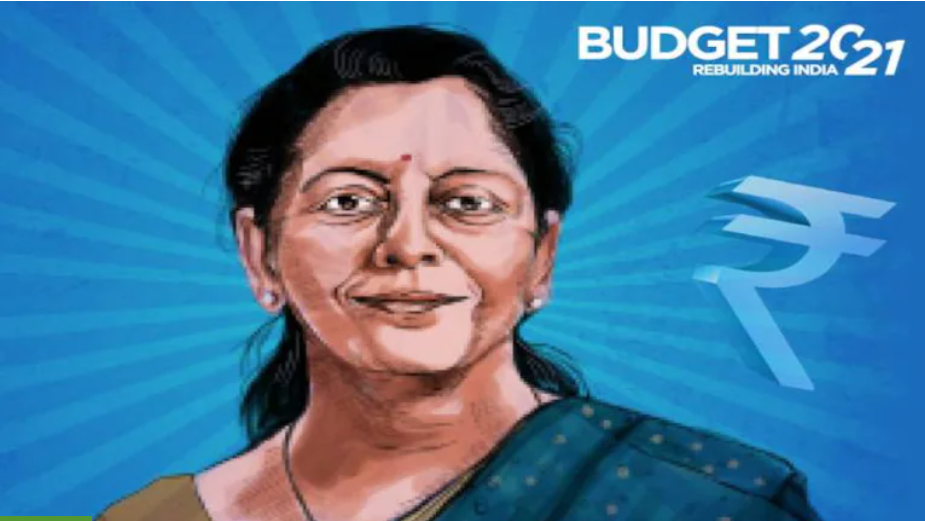Poor Social Sector Spending
Figure 3: No Copyright Infringement Intended
Context:
- Over the last two years, the pandemic has had a significant impact on the poor and informal sector workers' health, education, and food security. The current Budget was projected to see an increase in government spending on the social sector.
India's Social Sector Spending:
- According to the International Labour Organization's World Social Security Report 2020-22, India spends 1.4 percent of GDP on social protection (excluding health), while the average for low-middle income nations is 2.5 percent.
- Budgets for health and education have likewise been poor, falling far short of the desired goals of 3% and 6% of GDP.
Budget Allocation for social sector:
- The Ministry of Social Justice and Empowerment received an allocation of Rs 10,516 crore, an enhancement of Rs 414 crore over the previous budget.
- There was a 4 percent drop in allocation for the Ministry of Minority Affairs at Rs 4,810 crore. It was allocated Rs. 5,029 crore for 2020-21.
- Allocations for the Ministry of Tribal Affairs saw a 37 percent increase over the revised estimates for 2020-21.
Impact of Pandemics on Social Sector:
- India continues to fall behind in many global indexes that measure the country's quality of life, human capital, and human development.
- The Global Hunger Index (rank 131 out of 189 nations) and the Human Development Index (rank 131 out of 189 countries) are two examples (rank 101 out of 116 countries).
- According to Oxfam's "Inequality Kills" study, India's economic recovery is K-shaped, meaning that the poorer sectors of society's incomes are declining while the wealthy sections' incomes are increasing.
- As a result of this trend, which has been worsened by the epidemic, the country has seen increased inequality in recent decades.
- Furthermore, real earnings have remained stagnant and unemployment has increased since 2016.
Concern with Budget Allocations:
- Conservative Point of View: The Budget appears to have prioritised meeting fiscal deficit objectives above signalling a path for employment-centered and inclusive growth.
- A Complete Breakdown: The administration has stated that the 'one class, one TV channel' system will be expanded. This is in stark contrast to the reality on the ground, where school infrastructure has to be improved and teacher vacancies must be filled.
- PM Poshan's Allotment Has Been Reduced: The allocation for the school mid-day meal scheme has been cut this year, following a big announcement renaming the system PM Poshan.
- Less Increase in Health Budget: In the midst of a pandemic, the Department of Health and Family Welfare's overall budget has only grown pathetically.
- Food subsidy under PMGKAY will not be increased: the food subsidy (BE) for 2022-23 is only enough to cover normal NFSA entitlements. It appears that the Pradhan MantriGaribKalyan Anna Yojana will not be extended (PMGKAY).
- Less emphasis on social welfare programmes: Budgets for vital programmes like SakshamAnganwadi, maternity benefits, and social security pensions are roughly the same as last year's allocations.
Conclusion:
- Increased social expenditure can help to improve human development outcomes, offer a safety net for individuals through the present economic downturn, and raise private consumption demand, all of which can have a positive multiplier effect on the economy. This continuing indifference does not bode well for the development of inclusive communities.




1.png)
